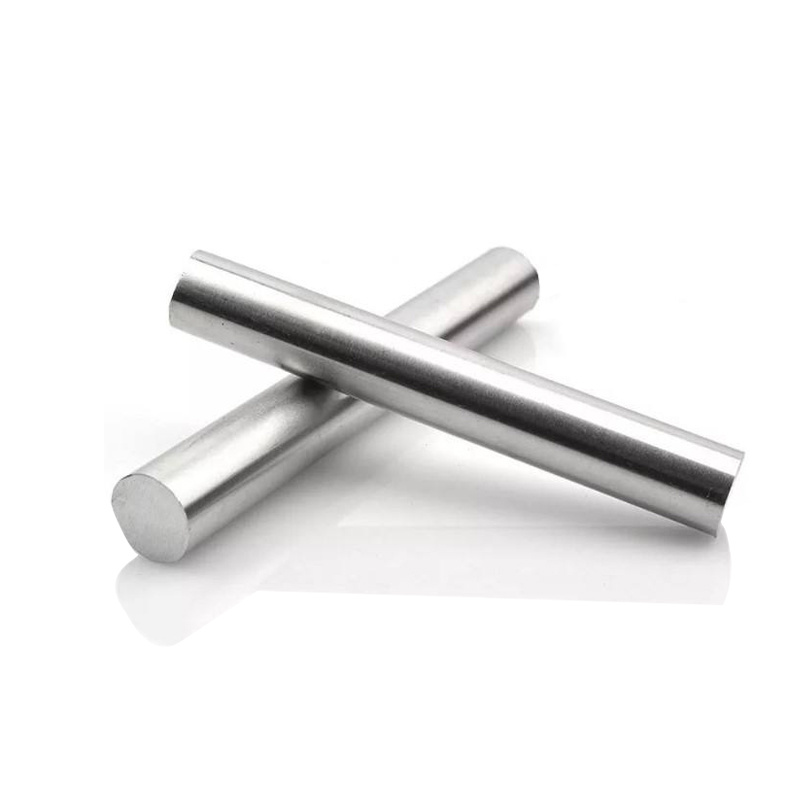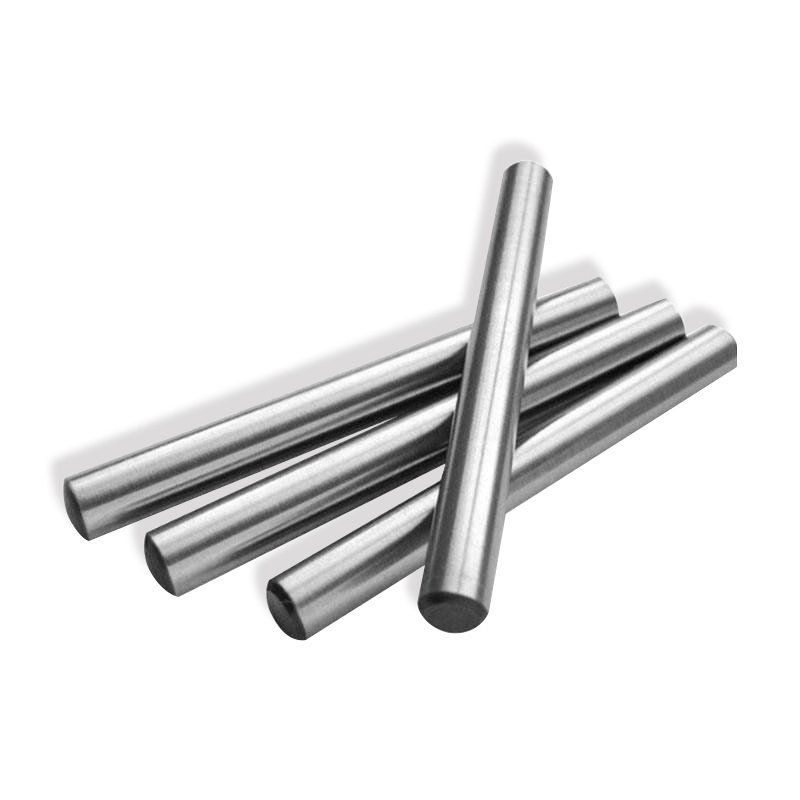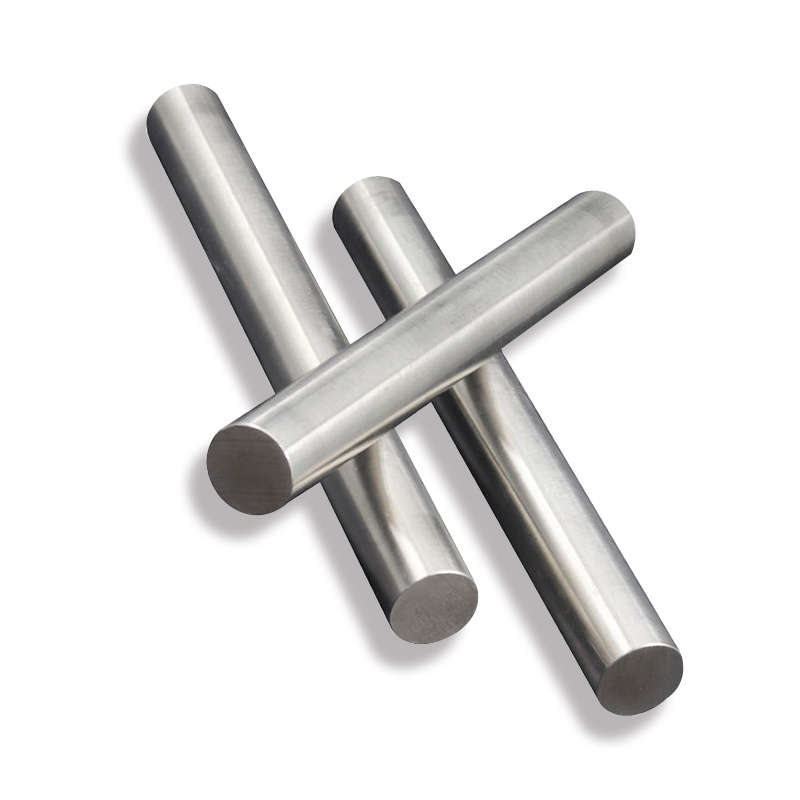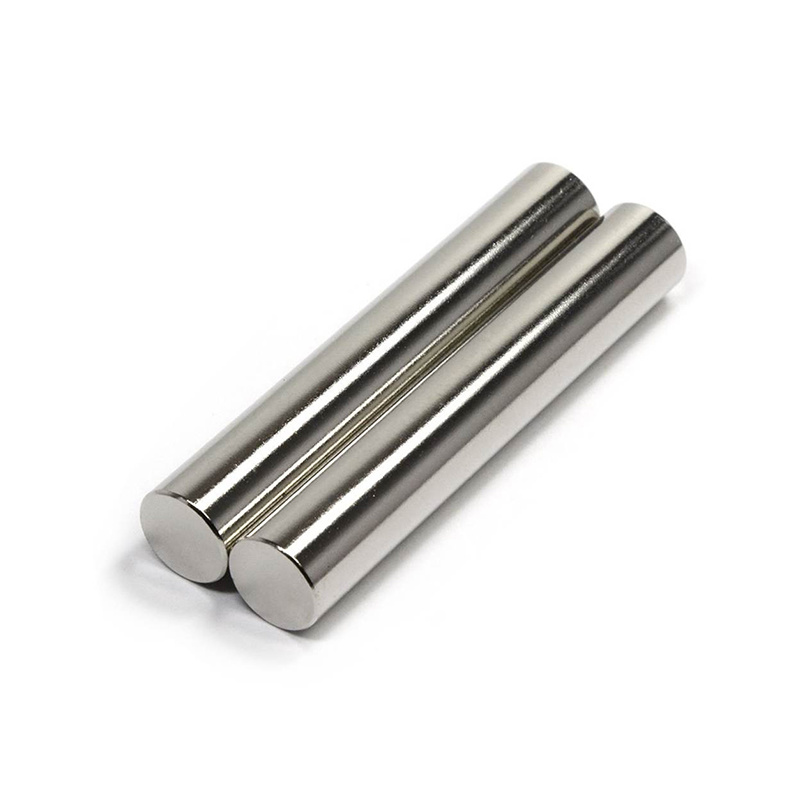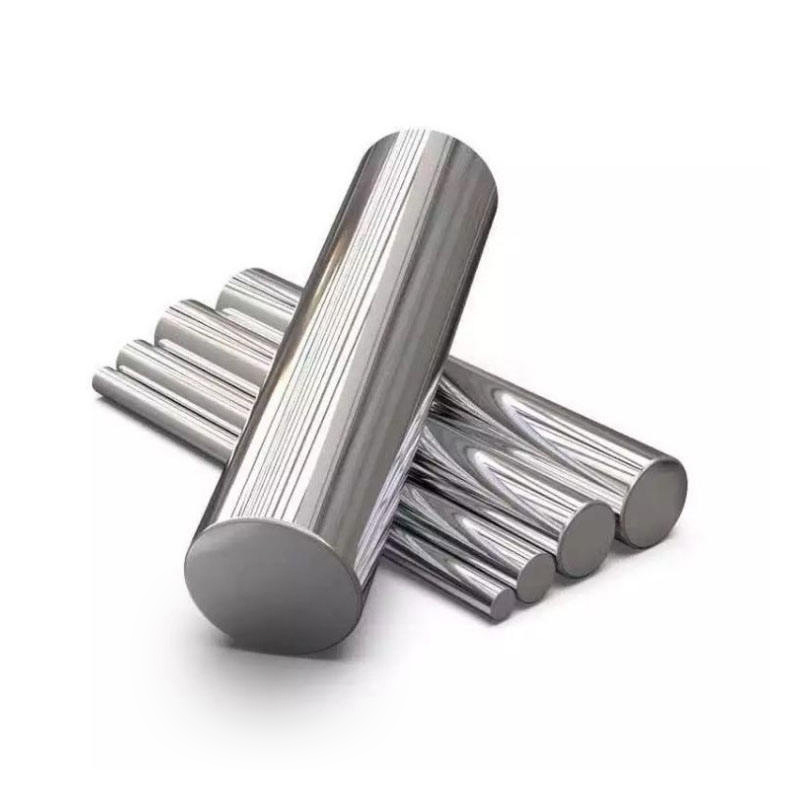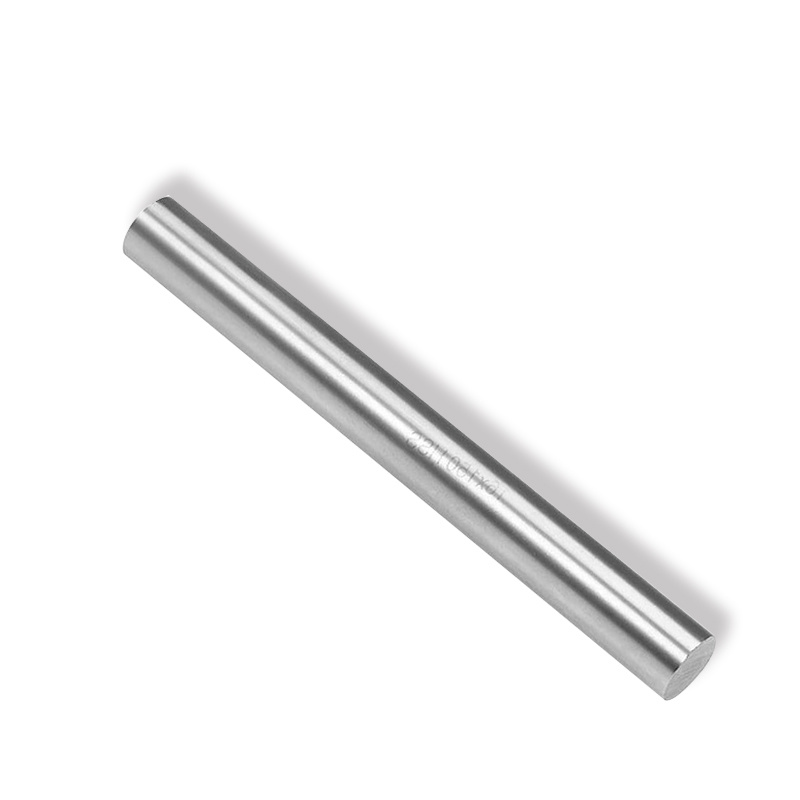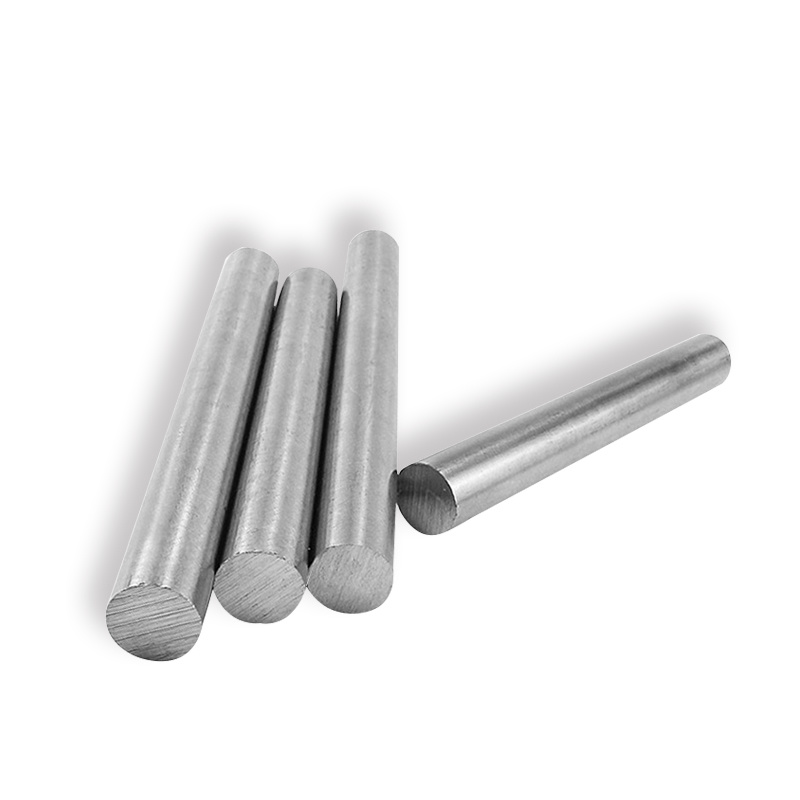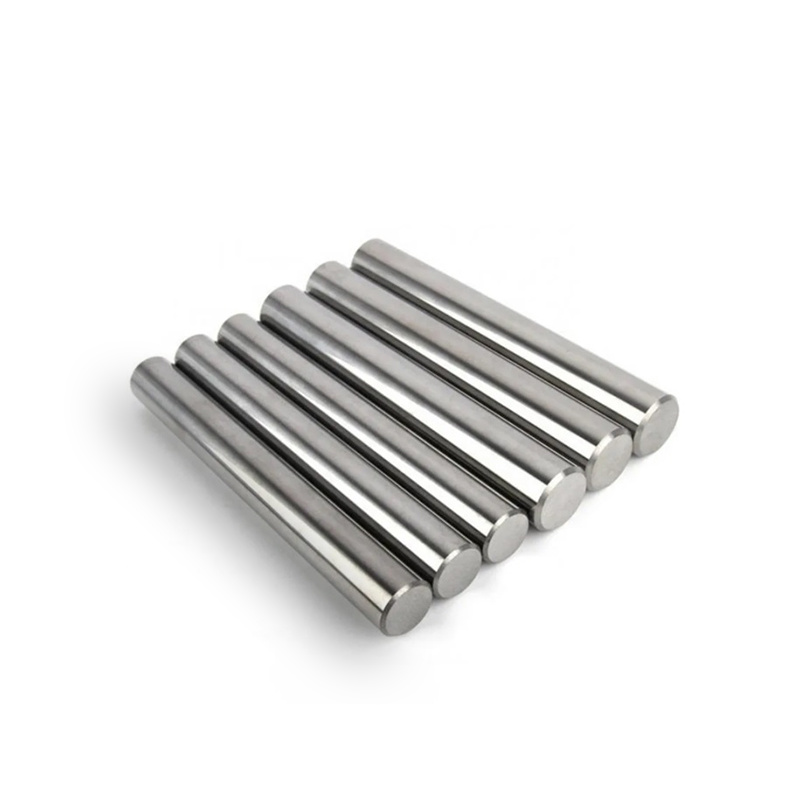PRODUCT CENTER
OUR ADVANTAGE

AAA Level
Credit Steel Supplier

10+
Stock Warehouses

Support
Three-party Inspection

Large Order
Preferential Policies
Order Now
+8618063561459
304L is one of the austenitic stainless steels with a chromium content of at least 18%, a nickel content of at least 8%, and a maximum carbon content of 0.03. 304L stainless steel is an ideal choice for various household and commercial applications, with excellent corrosion resistance, ease of manufacturing and excellent formability. Austenitic stainless steels are also considered to be the easiest to weld among high alloy steels and can be welded by all fusion and resistance welding processes.
304 stainless steel is a kind of universal stainless steel material, rust resistance than 200 series of stainless steel material is stronger. High temperature resistance is also better, can be as high as 1000-1200 degrees. 304 stainless steel has excellent corrosion resistance and good intergranular corrosion resistance. For oxidizing acids, it is concluded in the experiment that 304 stainless steel has strong corrosion resistance in nitric acid with a concentration of less than or equal to 65% of the boiling temperature. It also has good corrosion resistance to alkali solution and most organic and inorganic acids.
Grade 316 stainless steel is an austenitic form of stainless steel with a molybdenum content of 2-3%. The addition of molybdenum makes the metal more resistant to pitting and corrosion and improves its resistance to exposure to high temperatures. This grade of stainless steel is particularly effective when used in acidic environments. With this metal, corrosion caused by acetic acid, hydrochloric acid and other forms of acid can be prevented.
316L stainless steel is an austenitic stainless steel metal alloy that contains nickel and molybdenum, making it corrosion resistant. 316L is a 316 low carbon grade. This grade is not affected by sensitization (grain boundary carbide precipitation). It is often used for large-gauge welded parts (approximately over 6mm). 316L stainless steel has higher creep, fracture stress and tensile strength than chromium nickel austenitic stainless steel at high temperature.
309 and 309S are austenitic chromium-nickel stainless steels that are typically used for higher temperature applications. Due to its high chromium and nickel content, 309 and 309S alloys have a high degree of corrosion resistance, excellent oxidation resistance and excellent heat resistance, while providing good strength at room temperature and high temperature. The only significant difference between 309 and 309S is the carbon content. The 309S alloy has less carbon, which minimizes carbide precipitation and improves weldability.
440C grade stainless steel is a kind of high carbon martensitic stainless steel. High strength, medium corrosion resistance, good hardness and wear resistance. Grade 440C achieves the highest strength, hardness and wear resistance of any stainless steel alloy after heat treatment. Its extremely high carbon content is the reason for these characteristics, which makes the 440C particularly suitable for applications such as ball bearings and valve parts.
2205 Duplex Stainless Steel Bar
Duplex 2205 is a two-phase, ferritic, austenitic, 22% chromium, 3% molybdenum, 5% to 6% nickel alloy stainless steel. It is the most widely used duplex stainless steel grade and is characterized by high yield strength, which is twice that of standard austenitic stainless steel grades. It also exhibits good fatigue strength and excellent resistance to stress corrosion, cracking, pitting, erosion and general corrosion in harsh environments.
2507 Duplex Stainless Steel Bar
2507(UNS S32750) is an ultra-duplex stainless steel containing 25% chromium, 4% molybdenum and 7% nickel. It is designed for demanding applications that require excellent strength and corrosion resistance, such as chemical processes, petrochemicals and seawater equipment. The steel has excellent resistance to chloride stress corrosion cracking, high thermal conductivity and low coefficient of thermal expansion. High chromium, molybdenum and nickel levels provide excellent resistance to pitting, crevice corrosion and general corrosion.


